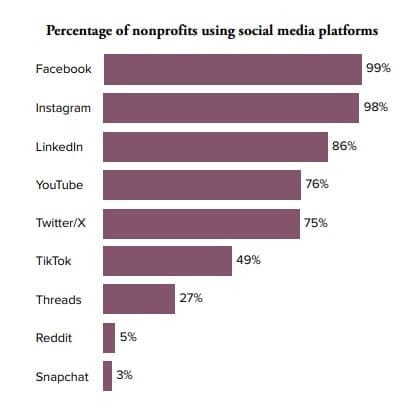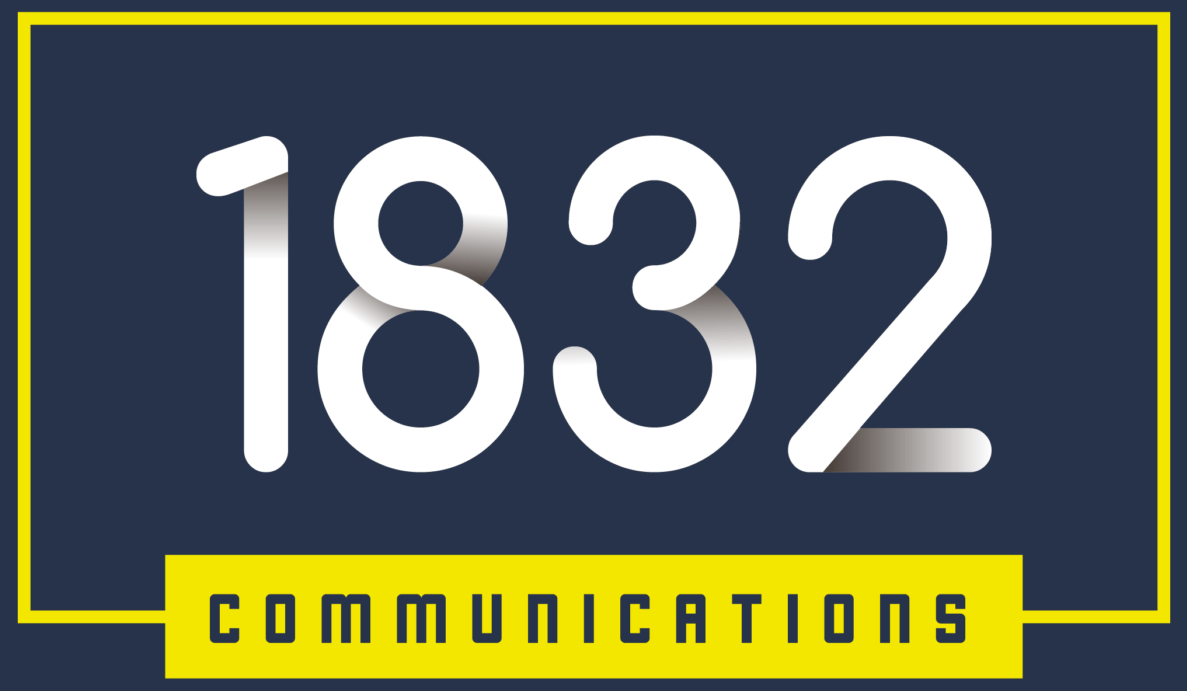I spend a lot of time reading studies and analyzing data. I want to know the latest data, learn from it and be able to share best practices and tips with you.
Sometimes the data shows the opposite of what I’ve been doing and teaching. That’s fine! I wanna be on top of the latest and greatest.
One of my favorite annual studies is the M+R Benchmarks study. They cover almost everything that nonprofits do online and share in depth stats.
You can read the whole thing at the link above and/or read my analysis of eight data points, the pain point and the opportunity for growth. I’ll cover online revenue, email, website, text and social media.
Let’s get to it.
From pain to gain
1) The data: Revenue from one-time gifts stayed flat. Revenue from monthly gifts increased by 5%. Average size of a monthly gift was $24.
The pain point: Way too few organizations have a robust monthly giving program. Too busy chasing the big bucks.
The growth opp: Plan and implement a recurring giving program! It’s steady revenue (helps you budget better), monthly supporters have higher retention rates (up to 90%!!!) and they are good prospects for other gifts, such as planned giving. Learn how to start a monthly giving program. (The 4 A Good Cause team are monthly giving experts!) Without one, you’re missing out on a lot of money.
2) The data: Email revenue declined by 11% from 2023.
The pain point: With 11% of ALL online revenue coming via email, you could be raising a lot more… if your emails were effective.
The growth opp: I read thousands of nonprofit emails each year. Sadly, most of them aren’t great. And it kills me because with a good email fundraising and marketing strategy, you could be raising more, building more relationships and having more impact. Email is a fantastic tool for one-to-one communication (I may have sent this to a large list but it’s landing in your individual inbox). Take a look at 4 tips for sending more effective emails.
3) The data: For every 1,000 email messages sent, nonprofits raised $58. (A 10% decrease from 2023.)
The pain point: If you have 100,000 subscribers, your fundraising email will raise “only” $5,800.
The growth opp: This is why you have to send more than one email per campaign! Subscribers don’t open and read every email you send. Wanna hit your goals? Send multiple emails per campaign. Make sure that if a subscriber responds and gives they no longer receive any more email asks for that campaign.
Looking for language to add to your emails for people who gave but your system hasn’t updated their gift? I got ya covered! Take a look at three good examples to copy in the “excellent verbiage” section.
4) The data: The average online donation form completion rate was 12% (a 13% decline from 2023). For mobile users, only 8%.
The pain point: 88% of email subscribers who arrive at your online donation form are not completing the form!!!
The growth opp: Think how much money is being left on the table. People are clicking your CTA in the email, arriving at the form but then not giving. There could be a myriad of reasons for this. When I perform a donation form audit I look at more than 50 different criteria before suggesting improvements and upgrades. This page is so crucial to your nonprofit. A low completion rate needs to be boosted!
To help you make upgrades to your online donation form: 7 donation pages must do’s, how to improve conversions and 8 donation page best practices.
P.S. Look at the mobile data above. That screams to me that a large majority of nonprofit online donation forms are NOT mobile friendly. Take a test: Take out your phone and go right now to your organization’s donation form. How easy is it to fill in and submit?
5) The data: The average click thru rate for mobile fundraising messages was 2.8% (25% higher than 2023).
The pain point: Raise your hand if your organization has a text message program. I thought so.
The growth opp: The CTR of a text message is about 450% higher than email! Why is that? Because 95% of people read a text message within three minutes of receiving it. Basically, all text messages are at least opened (not the case with email), which means more opps to get people to click on a link for a fundraising campaign.
So why do so few nonprofits have a text messaging plan and program? Lack of time, not sure of technology could be a part of it. But here’s the thing: You might have a decent percent of your audience who’d prefer text to email. Engaging them where THEY want to be engaged will help conversions and relationship building!
Unsolicited shoutout: If you’re looking to start a text program, get in touch with James Martin at RallyCorp. He’s the expert and can help your org plan and implement a great text messaging program.

6) The data: See chart above
The pain point: Facebook is pay for play.
The growth opp: Here’s how I view the top 5 in the above chart…
- Facebook: It’s great that everyone is on it but to gain any traction you have to pay- paid ads. Otherwise very few people will see or interact with your posts.
- Instagram: I’m a big fan, specifically of Stories. 500,000,000 (half a billion!) people DAILY check Stories. Odds are your audience is there. You should be very active there and use all the tools Stories provides to engage and build community.
- LinkedIn: Gotta be honest- I don’t get it. Pages on LinkedIn get little to no traction. Having an organizational page on the platform makes sense. But posting? No point. BUT I am happy to be proved wrong. Email me if your nonprofit’s LinkedIn page is killin it!
- YouTube: YAY! Video is critical to fundraising and marketing success. There are plenty of different types of videos you could be recording and publishing. Get them up on YouTube- it’s the second largest search engine behind Google and people may be looking for keywords related to your mission. (Have a look at 4 types of nonprofit videos and when to use each one)
- Twitter: Abandon hope all ye who enter. It’s a hellsite in my opinion. Engagement is way down. I’d put my time and effort elsewhere. (By the way, 31% of nonprofits on Twitter are planning to leave.)
7) The data: 53% of all website visitors were mobile users.
The pain point: Is your website mobile friendly?
The growth opp: I’ll keep it simple- if a majority of people come to your website via their phone, they’re gonna go elsewhere if the website isn’t mobile friendly. Is it easy for users to navigate? If no, they’ll bounce. Is the font size large enough? If no, they’ll move on. Go check your website on your phone. Now. I’ll wait…
8) The data: PayPal was the most widely used alternative payment method- 76% of nonprofits made this option available on donation pages. Apple Pay (47%), Google Pay (40%) and Venmo (24%) were also common.
The pain point: Does your nonprofit offer something besides credit card payments?
The growth opp: Make it easy and convenient for people to donate. Offer them options rather than just credit card. You’ll receive more donations from more people.
Find the areas where your nonprofit is behind, make improvements and go from survival to thrival!



